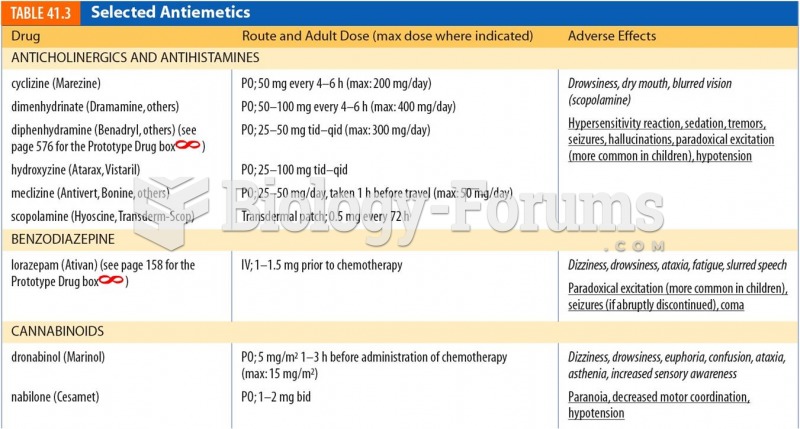|
|
|
Did you know?
People about to have surgery must tell their health care providers about all supplements they take.
Did you know?
By definition, when a medication is administered intravenously, its bioavailability is 100%.
Did you know?
Less than one of every three adults with high LDL cholesterol has the condition under control. Only 48.1% with the condition are being treated for it.
Did you know?
All patients with hyperparathyroidism will develop osteoporosis. The parathyroid glands maintain blood calcium within the normal range. All patients with this disease will continue to lose calcium from their bones every day, and there is no way to prevent the development of osteoporosis as a result.
Did you know?
Most childhood vaccines are 90–99% effective in preventing disease. Side effects are rarely serious.







